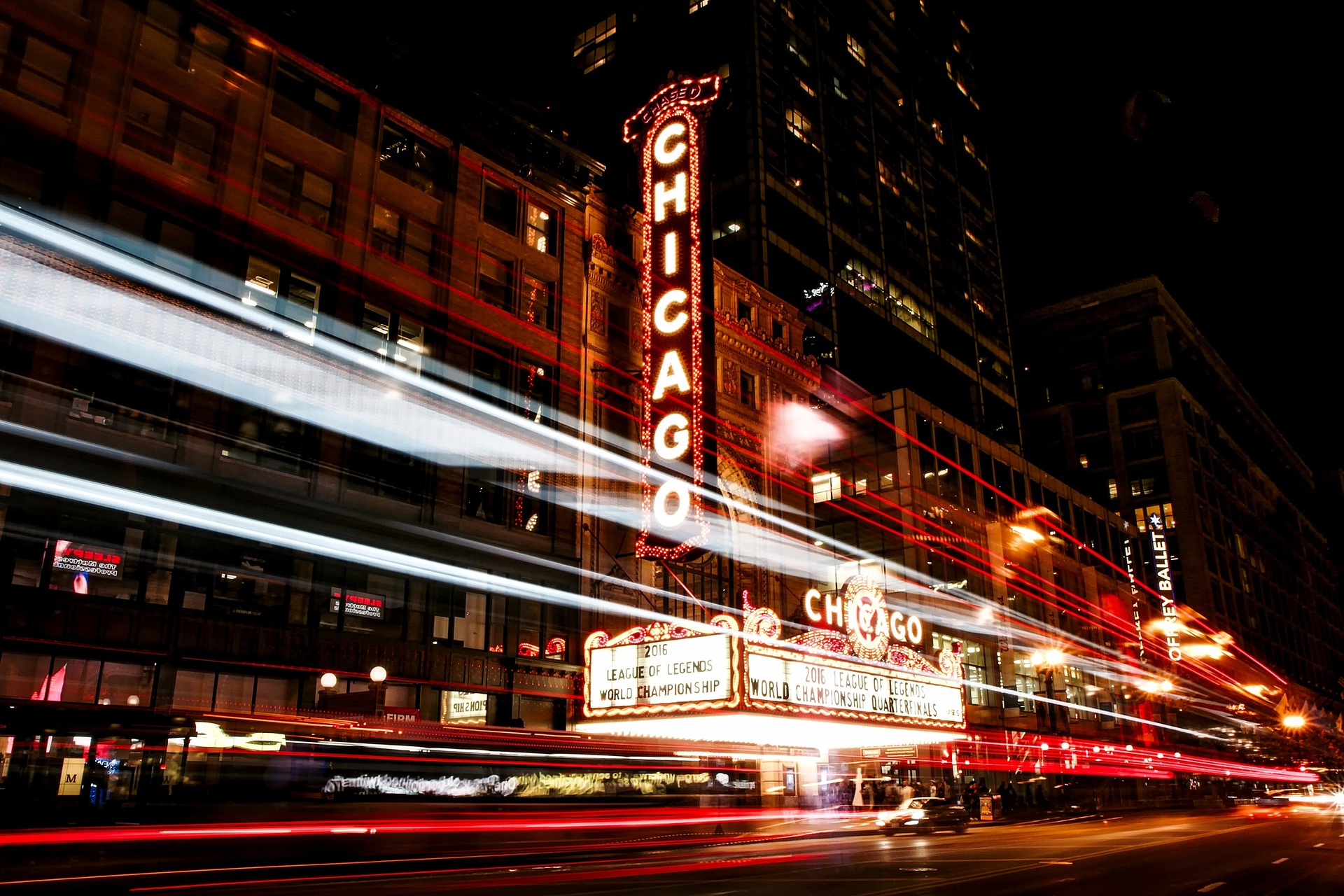Intriguing Intersection of Blockchain and Art World: A New Age Unfolding
In an unexpected twist of events, the world of art is being shaken by a digital revolution. The intersection of blockchain technology and the arts has opened up a myriad of possibilities, challenging conventional wisdom about art creation, ownership, and distribution. This article delves into this fascinating entanglement, tracing the historical path, discussing significant developments, and exploring its profound impact.

The Genesis of an Unexpected Synergy
Blockchain, the underlying technology of the infamous Bitcoin, was born out of the 2008 financial crisis. Satoshi Nakamoto, a pseudonymous entity, unveiled this technology as a way to decentralize financial transactions. Fast forward to a decade later, the same technology began to impact the art world in unexpected ways. The journey started with the advent of blockchain-based digital art in the form of CryptoPunks and later evolved with CryptoKitties, which became a sensation in 2017.
Blockchain and Art: The Present Scenario
The current art landscape has been significantly influenced by blockchain technology. The most significant revolution is the rise of Non-Fungible Tokens (NFTs) - unique, irreplaceable tokens representing real-world assets. Artists are now creating and selling digital art in the form of NFTs. This trend has even permeated the traditional art world, with auction houses like Christie’s auctioning off digital art. Recently, digital artist Beeple’s NFT artwork sold for a staggering $69 million.
The Impact: Shaking Up the Art World
The amalgamation of blockchain and art has disrupted traditional notions of art ownership and distribution. NFTs guarantee the authenticity and provenance of a piece of art, which has always been a significant concern in the traditional art market. Besides, artists can also retain royalties from future sales, which was not feasible in the conventional model. This development has democratized the art world, providing a more level playing field for artists worldwide.
The Reception: Mixed Responses
The fusion of blockchain and art has elicited a mixed response. While some hail it as a democratising force, others express concerns about the environmental impact of NFTs, given the energy-intensive nature of blockchain technology. Moreover, skeptics question the sustainability of the current hype surrounding NFTs and blockchain-based art.
The Future: Uncharted Territories
The marriage of blockchain technology and art is still in its infancy. Despite the recent hype and success, it’s hard to predict where this journey will lead. One thing is for sure, though - it has opened up possibilities that were unimaginable a few years ago. This journey is not just about the convergence of technology and art; it’s about challenging the status quo and redefining norms.
In conclusion, the intersection of blockchain and the art world has undoubtedly created ripples in the vast ocean of artistic expression. It has challenged traditional practices, sparked debates, and, most importantly, opened up a world of opportunities for artists around the globe. Only time will tell whether this digital revolution will sustain and continue to reshape the art world.




